Mountain Trip Outfit Ideas That Work in Any Weather
It started with a mistake. I was halfway up a ridge in northern Italy when the warm morning turned into freezing mist.
My cotton hoodie soaked through, and I spent the rest of the climb shivering. That was the day I learned comfort in the mountains has nothing to do with fashion—it’s all about wearing the right mountain trip outfit for the weather you can’t predict.
If you’ve ever packed wrong and paid for it halfway through a hike, you know that feeling. The mountain doesn’t wait while you dry off or warm up—it teaches you fast.
Since then, I’ve learned how to pack once and be ready for anything: sun, snow, or sudden storms.
And that’s what this guide is here to help with—real outfit ideas that keep you comfortable, confident, and ready for every kind of mountain day.
Let’s break it down so your next climb feels easy from the first step to the summit.
Why Mountain Weather Can Surprise You

Mountains have a rhythm of their own. Warm air at the base can turn to fog and sleet an hour later.
The U.S. National Park Service reminds travelers that mountain weather changes fast, so it’s smart to check forecasts, carry layers, stay flexible, and have plan Bs.
When the air shifts, even the sound changes—the birds go quiet, the light dulls, and the first cold gust brushes your face.
I’ve felt that switch in the Rockies, where sunshine turned to hail in minutes. It taught me to pack like it might snow even when the forecast says “mild.”
You can’t control the mountain, but you can control what you wear.
Let’s start with a layering setup that keeps you ready for anything.
Also read:
The Layer Rule That Works Every Time
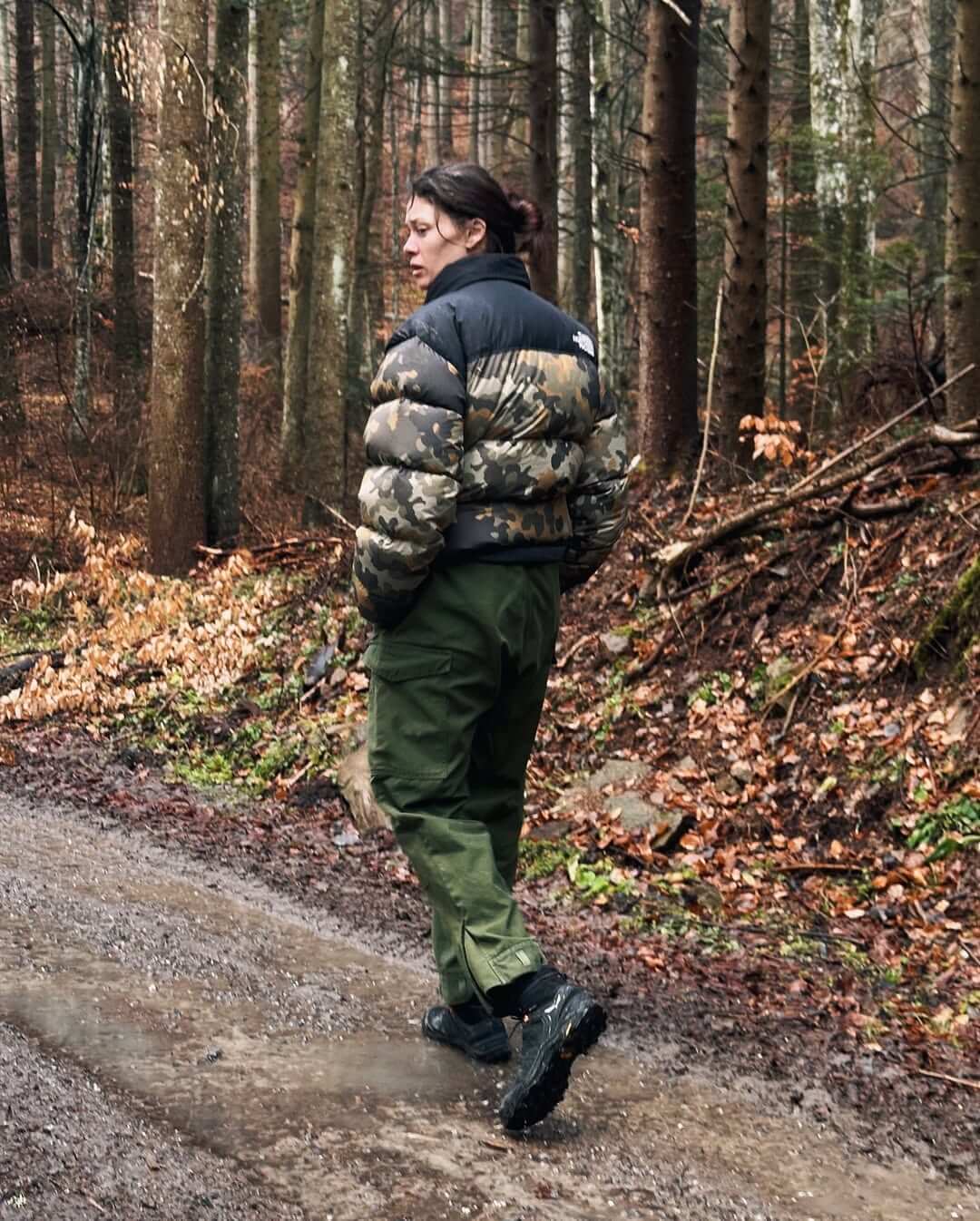
Start with a Smart Base Layer
Everything begins with what’s closest to your skin. REI says the three-layer method—base, mid, and shell—keeps you dry and comfortable no matter what the weather does.
Skip cotton. Once it’s damp, it stays that way. Choose merino wool or polyester blends that pull sweat off your skin.
I learned that lesson near Banff; my cotton tee held every drop of moisture, and the chill set in as soon as I stopped climbing. A light merino base would have kept me warm and steady.
Add a Mid-Layer That Moves With You
This is your warmth zone—fleece, lightweight puffer, or softshell. It should trap heat but still breathe.
On windy trails, I wear a zip-up fleece so I can vent heat on steep climbs and close it again at rest stops. Think flexible, not bulky.
Top It Off With a Weather Shield
Your outer layer is your armor. A waterproof shell with sealed seams and a snug hood can turn a rough day into a great one.
Mine folds small enough to fit in my hand but handles heavy rain. Breathability matters too; if sweat stays trapped, you’ll chill fast once you stop moving.
When your layers feel right, every other piece—boots, hat, gloves—falls into place. Good prep makes comfort look easy.
Outfit Ideas for Different Mountain Conditions

Sunny Days in the Mountains
Sunshine can be tricky up high. UV rays hit harder with altitude, so cover up even when it feels mild.
On warm hikes, I wear a quick-dry tee, hiking pants that stretch, and a wide-brimmed hat.
A light jacket tied at the waist is insurance for changing winds. Sunscreen and polarized glasses are must-haves; the light bounces off rock and water more than you’d expect.
Cold and Cloudy Days
Think layers, not bulk. A thermal base, fleece mid-layer, windproof jacket, and lined pants work better than one heavy coat. Add a beanie and gloves.
Movement keeps you warm, so pick fabrics that let you breathe and bend easily.
Rain or Sudden Storms
Stay dry first, warm second. A compact rain shell, sealed seams, and waterproof boots make all the difference. Keep an extra pair of socks in a small zip bag—it’s the simplest comfort trick out there.
I once hiked through rain in Slovenia, and swapping into dry socks changed my whole mood.
Weather flips fast, but when you’re dressed for change, you stay calm and steady.
Shoes That Won’t Let You Down

Your feet carry the story of your trip. Slip once on slick rock, and you’ll never forget traction again.
REI notes that trail runners feel lighter and break in faster, while hiking boots add ankle support and grip for rocky climbs.
After sliding down a slope in the Dolomites, I stopped wearing casual sneakers on trails.
Now I match my shoes to the route: runners for smooth paths, boots for rough terrain. I always test new pairs on a short local hike first.
Good shoes don’t just save your feet—they free your eyes to enjoy the view instead of watching every step.
Accessories That Matter More Than You Think
Small gear makes a big difference. A neck gaiter keeps dust and wind out. Wool socks stop blisters.
Gloves and a hat hold in heat you’d otherwise lose. Wet feet end trips early, so I keep one spare pair wrapped in a dry bag.
For longer adventures, I pack neutral tones that mix easily—olive, sand, charcoal. They blend with nature and look good in photos.
The right accessories aren’t about looking stylish; they’re about feeling like yourself in any weather.
Packing Smart for Multi-Day Mountain Trips
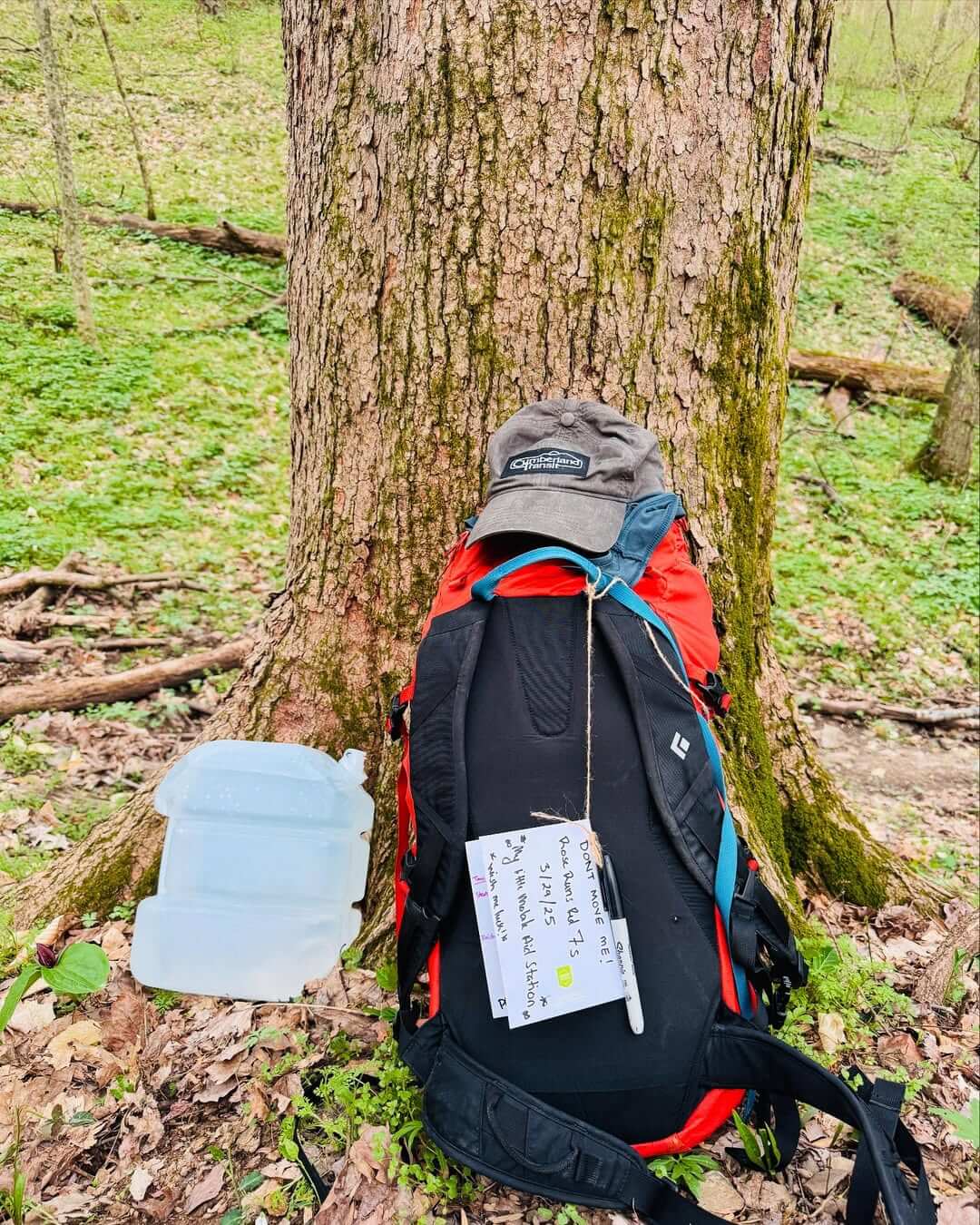
A small, well-planned pack beats a heavy one every time. I rotate layers instead of packing full outfits. Compression cubes and zip pouches keep everything neat.
Travel + Leisure suggests building a capsule wardrobe that works for both trail and town—breathable layers, sturdy pants, and shoes that can handle a café floor after a hike.
Before I leave, I spread my gear out by layer. If it doesn’t fit in one photo, it’s too much. Packing this way keeps my head clear and my bag light.
High-Altitude Gear for Serious Treks
For long or steep climbs, go technical. Lonely Planet says high-altitude treks need durable boots and thermal layers that handle wind and cold without extra weight.
When I hiked near Everest Base Camp, the temperature dropped twenty degrees in minutes.
My compact down jacket and thin gloves were worth their space in the pack. In thin air, every ounce counts—and every choice matters.
Pack light, stay warm, and let the view take your breath, not the weather.
Bonus: Outfit Confidence for the Camera
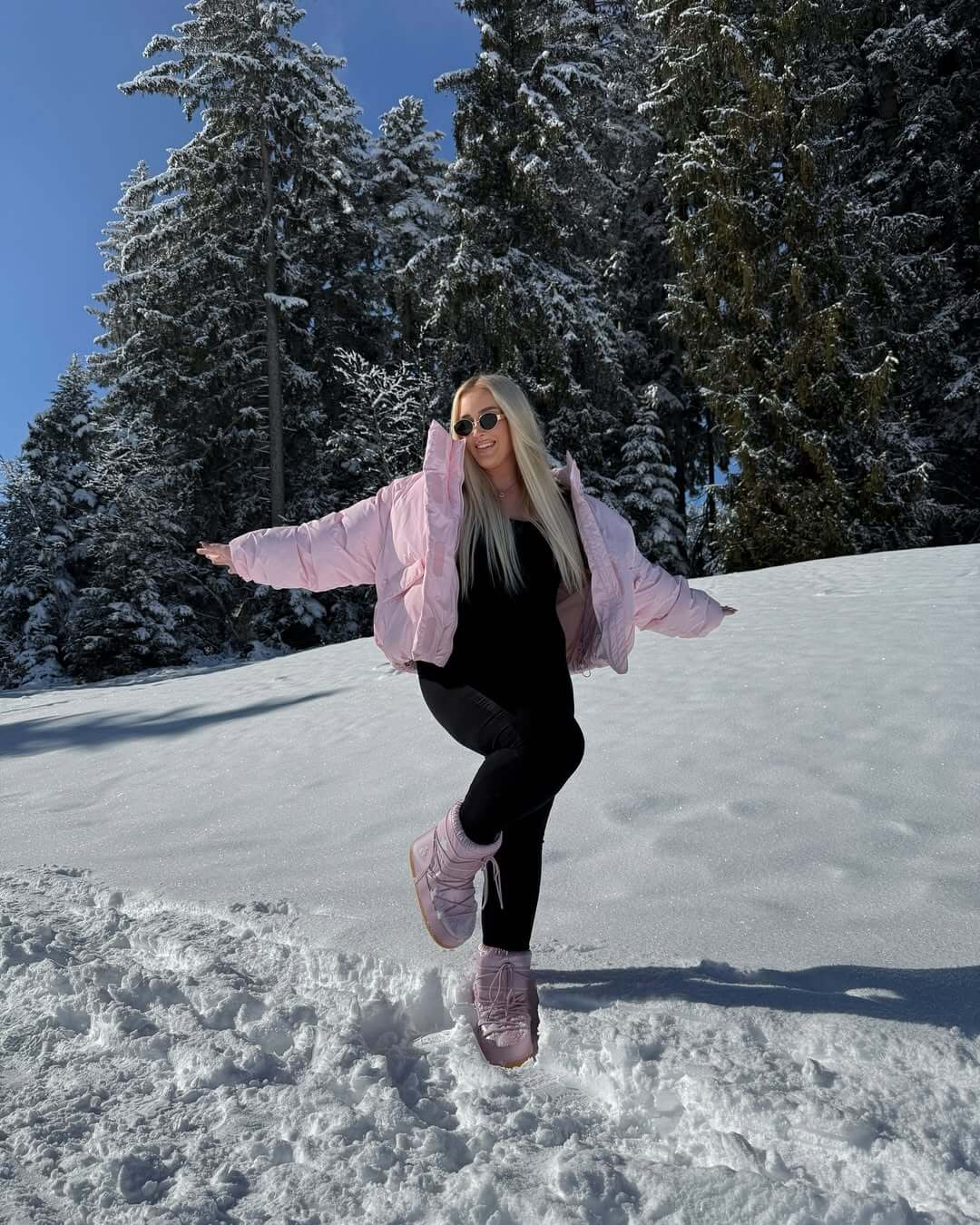
Let’s be real—you’ll take photos. Pick earth tones that blend with the scene: rust, navy, moss green, or beige.
Mix textures like flannel and quilted fabric so photos have depth even on cloudy days.
If you’ve ever looked back at a travel shot and wished you’d felt as good as you looked, this is your fix. Comfort shows through the lens.
One of my favorite photos came from a foggy morning in Norway—gray sky, red jacket, green forest. That mix of contrast and ease told the story better than any pose.
My Go-To Mountain Outfit Formula
My never-fail setup:
- Base: Merino long sleeve
- Mid: Fleece or packable puffer
- Outer: Waterproof shell
- Bottoms: Quick-dry hiking pants
- Shoes: Weather-matched boots
- Extras: Buff, hat, gloves, spare socks
That simple mix is the line between bracing against the mountain and blending with it. Once you pack this way, it’s hard to go back.
Before you zip up your pack, a few quick questions might be running through your mind.
These answers will help you plan smarter and feel ready for whatever your next mountain trip brings.
FAQs About Mountain Trip Outfits
What should I wear for a one-day mountain hike?
Stick with breathable layers: a quick-dry base, light jacket, hiking pants, and shoes with grip. Add a hat and keep a rain shell within reach. Comfort and flexibility matter more than fashion.
How do I prepare for sudden weather changes?
Always carry a light waterproof layer and an extra pair of socks. Mountains can shift from warm to cold within minutes, so dressing in layers is the easiest way to adapt.
What’s the best outfit for a cold morning start?
Start warmer than you think you need—a thermal top, fleece, and gloves—then remove one layer once your body warms up. Keep a windproof shell handy for ridgelines or open trails.
Do I need hiking boots for short trips?
Not always. Trail shoes work well for short or even-day hikes if the path is clear. For rocky or muddy trails, boots offer better grip and ankle support.
How can I pack light but stay ready for any weather?
Plan around your layers, not outfits. A smart base, a warm mid-layer, and a rain shell cover nearly every scenario. Re-wear pieces and air them overnight instead of overpacking.
Conclusion
When your clothes match the mountain, every step feels lighter. The right outfit isn’t about looking perfect—it’s about staying steady while the weather changes its mind.
Comfort lets you notice the small things: the scent of pine after rain, the color shift in evening light, the stillness between gusts of wind.
A good mountain trip outfit isn’t a secret formula; it’s a rhythm between warmth, breathability, and freedom.
Once you find that balance, every hike feels easier and every photo tells your story.
Now tell me—what’s the one piece you never skip when heading for the mountains?
Drop it in the comments below. Your tip might just save another traveler’s trip.
RELATED:

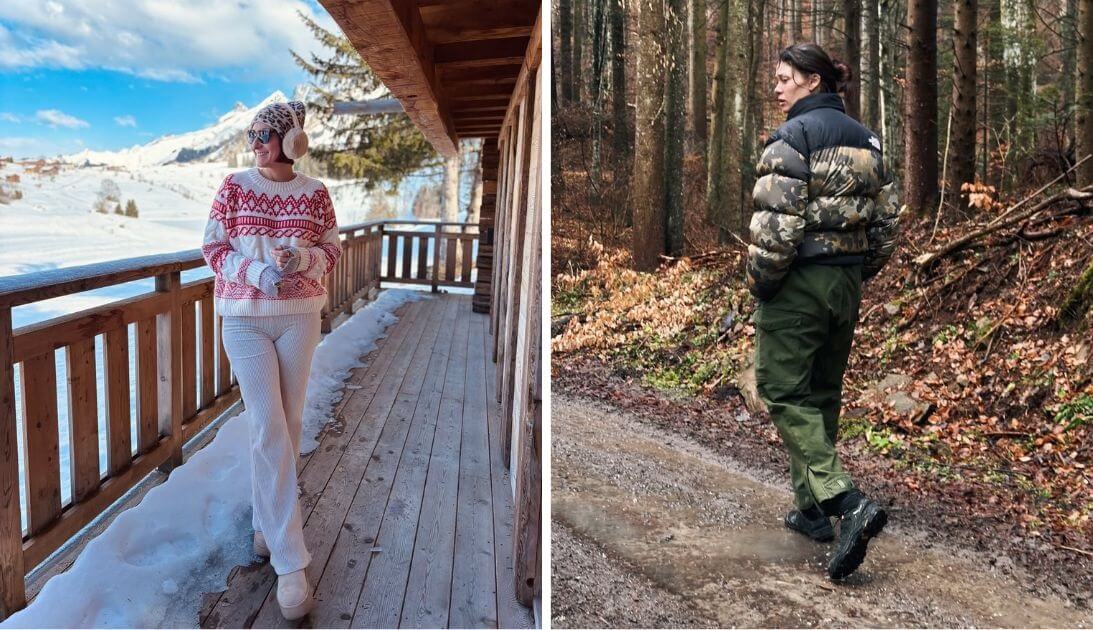



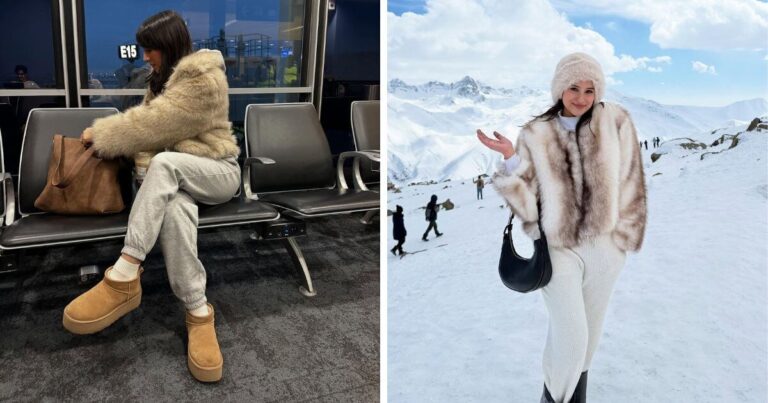

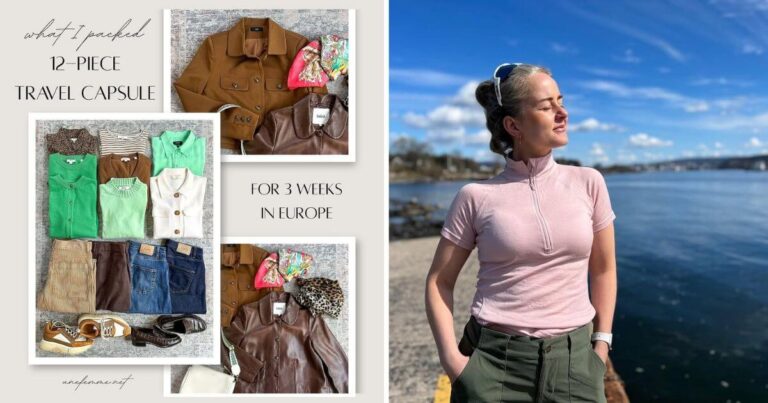
Can’t wait to try these this winter.